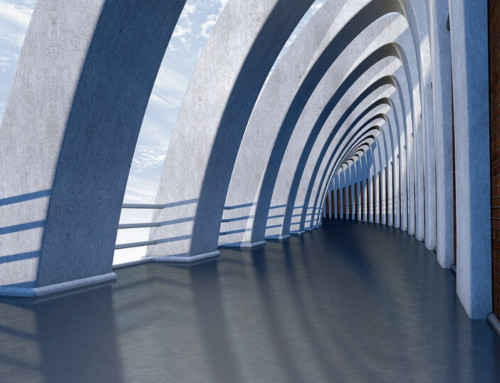
The Victoria Falls formed by water falling into a faultline. Image credit trekearth.com
ZIMSEC O Level Geography Notes: Waterfalls and Rapids
Waterfalls and Rapids
- Waterfalls commonly occur in the upper course section of the river although they can occur at any part in a river’s course.
- There are various ways in which a waterfall/rapid can be formed.
- A sharp break in the bed of a river produces a waterfall.

Horizontal resistant rock overlying softer rock.

Vertical rock.
- A band of resistant rock with a vertical face overlying less resistant rock produces a waterfall when it is exposed at the surface by river erosion can also result in the development of a waterfall.
- A rapid is formed if the rock lies at a steep angle but is not vertical.

Resistant rock gently dipping upriver resulting in a rapid.
- A waterfall can also develop when resistant rock overlies a less resistant is horizontal or dips gently up river.
- A rapid might be formed first in such instances but continued erosion at the base of the pool will resulting into the rapid developing into a waterfall.

- A rapid develops when the resistant rock, overlying a less resistant rock dips gently down river.
- The Victoria Falls are the widest falls in the world.
- They may have developed as a result of the river Zambezi uplift of an almost horizontal basaltic plateau.
- Where a river flows across a line of weakness it erodes vertically to form a waterfall.
- The Victoria Falls may also have been formed in this way.
- It has retreated upstream along fault lines and might cease to exist one day.
- A river might descend the scarp in areas of faulting resulting in a waterfall at the knickpoint.
- A waterfall may also be formed where a river descends from a highland area(for example a plateau) into a lowland area.
- A river might erode backwards to undercut and divert the water of a neighbouring stream and the point of capture is marked by a waterfall.
- An example is the Pungwe Falls which marks the point where the Pungwe River captured the waters of the Nyakupinga river which is a tributary of the river Odzi in the Eastern Highlands.
Plunge pools

Features of a waterfall. Image credit blogspot.com
- Is deep pool that is formed at the base of waterfalls due the swirling water eroding the base of the waterfall via hydraulic action and corrasion aided by bits of the hard rock that falls into the pool and becomes part of the load and the eddying and turbulent motion of the water at the base.
- As the undercutting continues the waterfalls migrate upstream.
To learn about more landforms resulting from river processes go to this page.
To access more topics go to the Geography Notes page.







